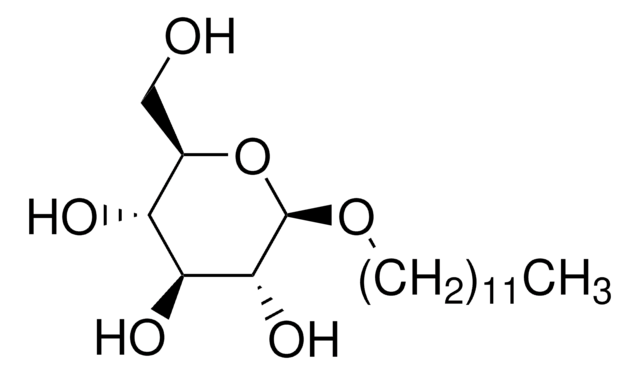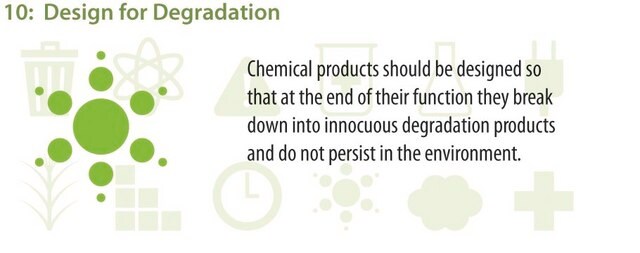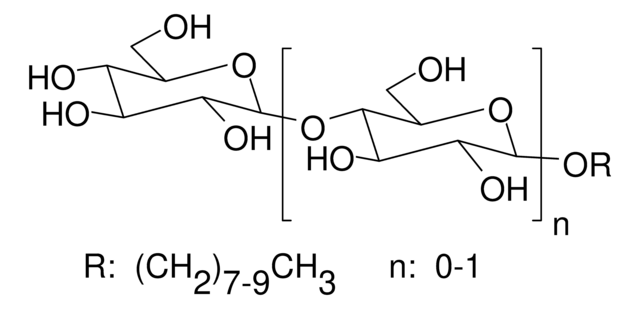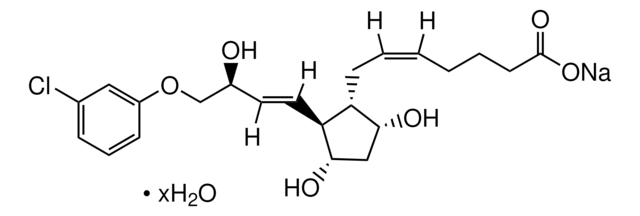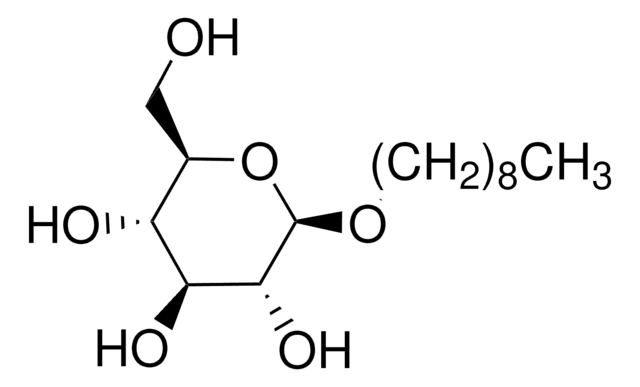D5394
Decyl β-D-glucopyranoside
≥98% (GC)
Synonim(y):
n-Decyl β-D-glucopyranoside
About This Item
Polecane produkty
opis
non-ionic
Próba
≥98% (GC)
Postać
powder
masa cząsteczkowa
320.42 g/mol
metody
protein purification: suitable
protein quantification: suitable
kolor
white to off-white
CMC
2.2
rozpuszczalność
methanol: 50 mg/mL, clear to very slightly hazy, colorless
temp. przechowywania
−20°C
ciąg SMILES
CCCCCCCCCCO[C@@H]1O[C@H](CO)[C@@H](O)[C@H](O)[C@H]1O
InChI
1S/C16H32O6/c1-2-3-4-5-6-7-8-9-10-21-16-15(20)14(19)13(18)12(11-17)22-16/h12-20H,2-11H2,1H3/t12-,13-,14+,15-,16-/m1/s1
Klucz InChI
JDRSMPFHFNXQRB-IBEHDNSVSA-N
Szukasz podobnych produktów? Odwiedź Przewodnik dotyczący porównywania produktów
Zastosowanie
Inne uwagi
Kod klasy składowania
11 - Combustible Solids
Klasa zagrożenia wodnego (WGK)
WGK 3
Temperatura zapłonu (°F)
Not applicable
Temperatura zapłonu (°C)
Not applicable
Środki ochrony indywidualnej
Eyeshields, Gloves, type N95 (US)
Certyfikaty analizy (CoA)
Poszukaj Certyfikaty analizy (CoA), wpisując numer partii/serii produktów. Numery serii i partii można znaleźć na etykiecie produktu po słowach „seria” lub „partia”.
Masz już ten produkt?
Dokumenty związane z niedawno zakupionymi produktami zostały zamieszczone w Bibliotece dokumentów.
Nasz zespół naukowców ma doświadczenie we wszystkich obszarach badań, w tym w naukach przyrodniczych, materiałoznawstwie, syntezie chemicznej, chromatografii, analityce i wielu innych dziedzinach.
Skontaktuj się z zespołem ds. pomocy technicznej